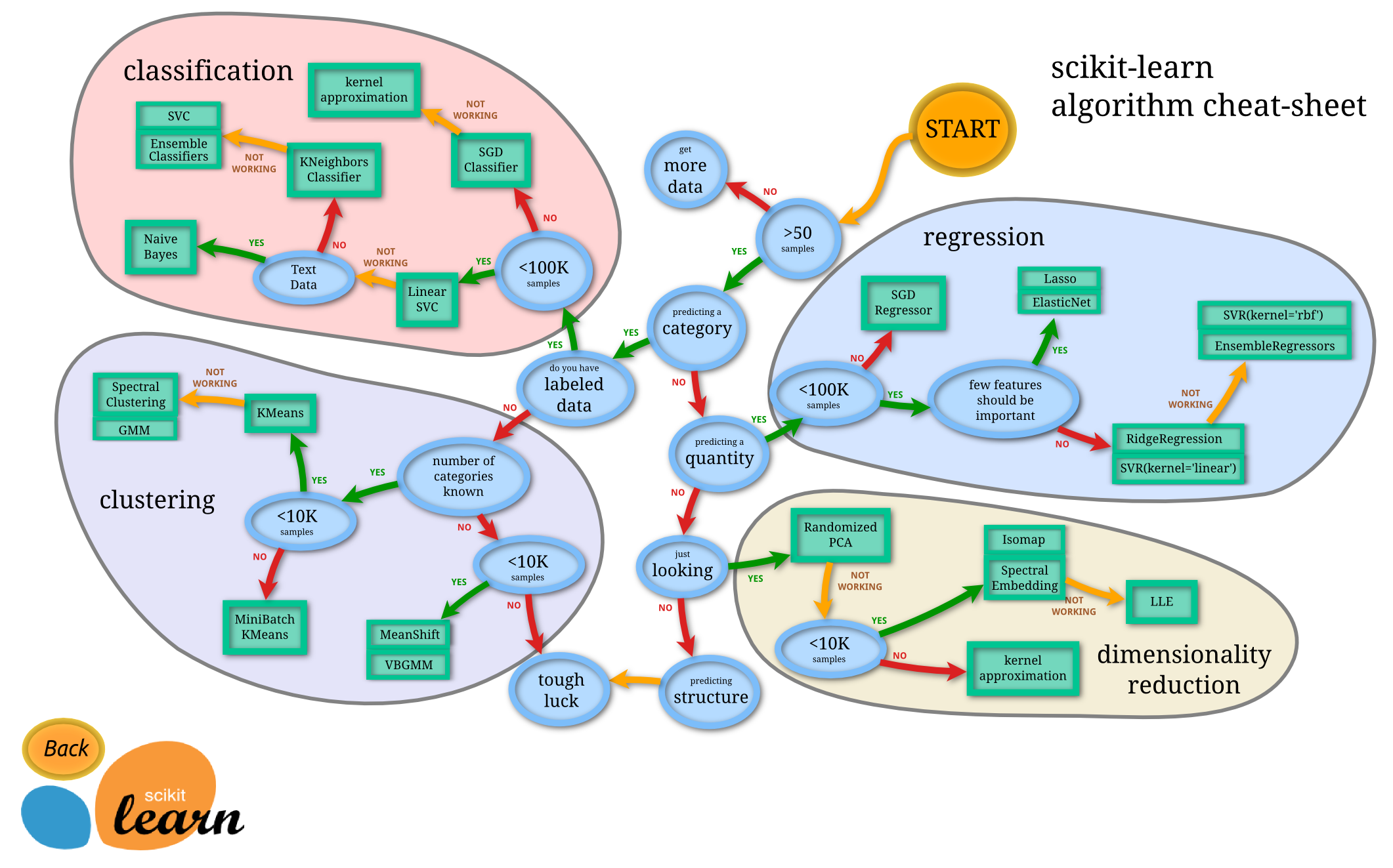Blog Details
| Blog Title: | Scikit Learn |
|---|---|
| Blogger: | manishsangu007@gmail.com |
| Image: | View |
| Content: | In this blog you will get an overview of the scikit-learn library and useful references of where you can learn more.
Where did it come from?Scikit-learn was initially developed by David Cournapeau as a Google summer of code project in 2007. Later Matthieu Brucher joined the project and started to use it as apart of his thesis work. In 2010 INRIA got involved and the first public release (v0.1 beta) was published in late January 2010.
What is scikit-learn?Scikit-learn provides a range of supervised and unsupervised learning algorithms via a consistent interface in Python. It is licensed under a permissive simplified BSD license and is distributed under many Linux distributions, encouraging academic and commercial use. The library is built upon the SciPy (Scientific Python) that must be installed before you can use scikit-learn. This stack that includes:
What are the features?The library is focused on modeling data. It is not focused on loading, manipulating and summarizing data. For these features, refer to NumPy and Pandas. Some popular groups of models provided by scikit-learn include:
|
